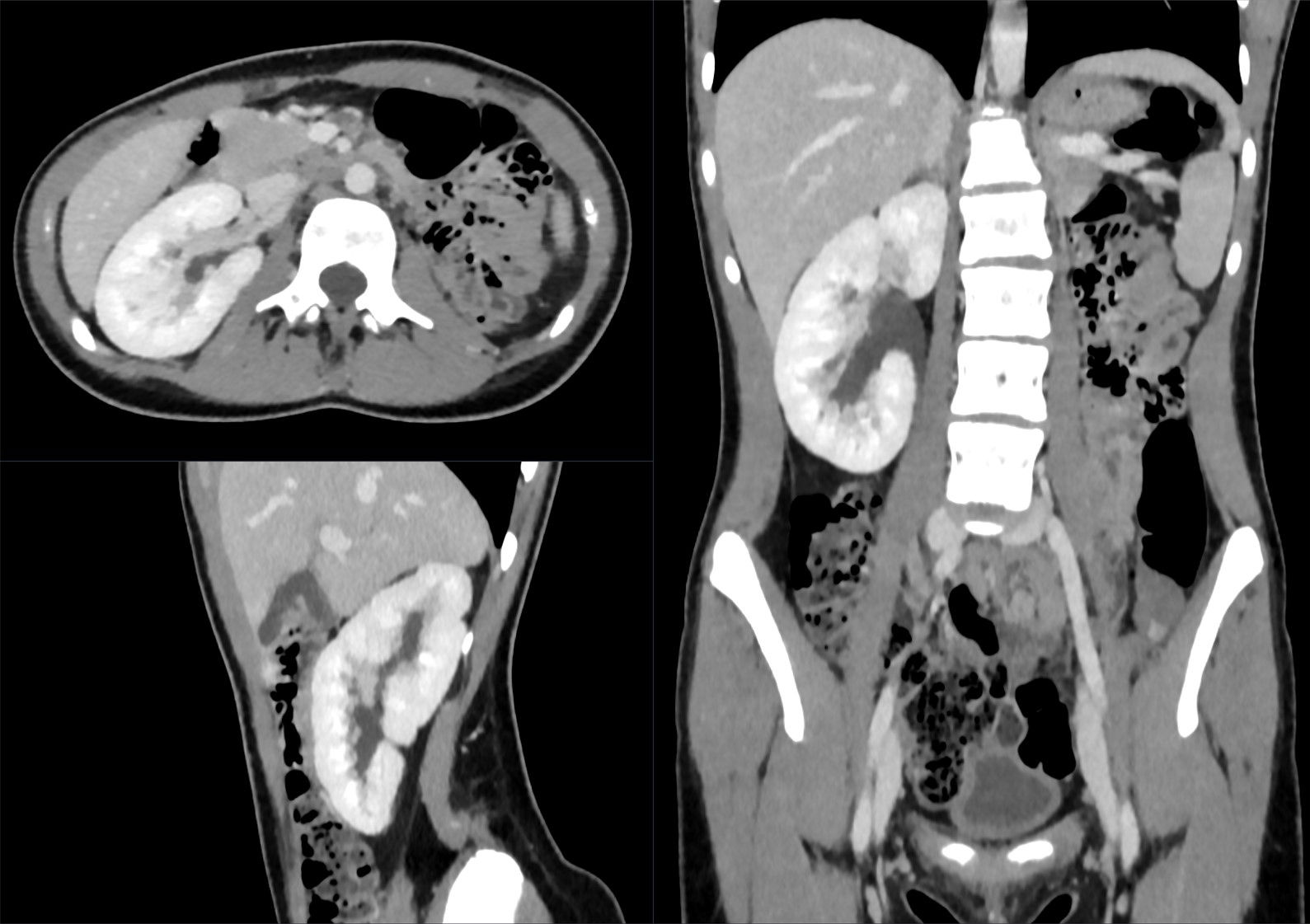crossed fused renal ectopia
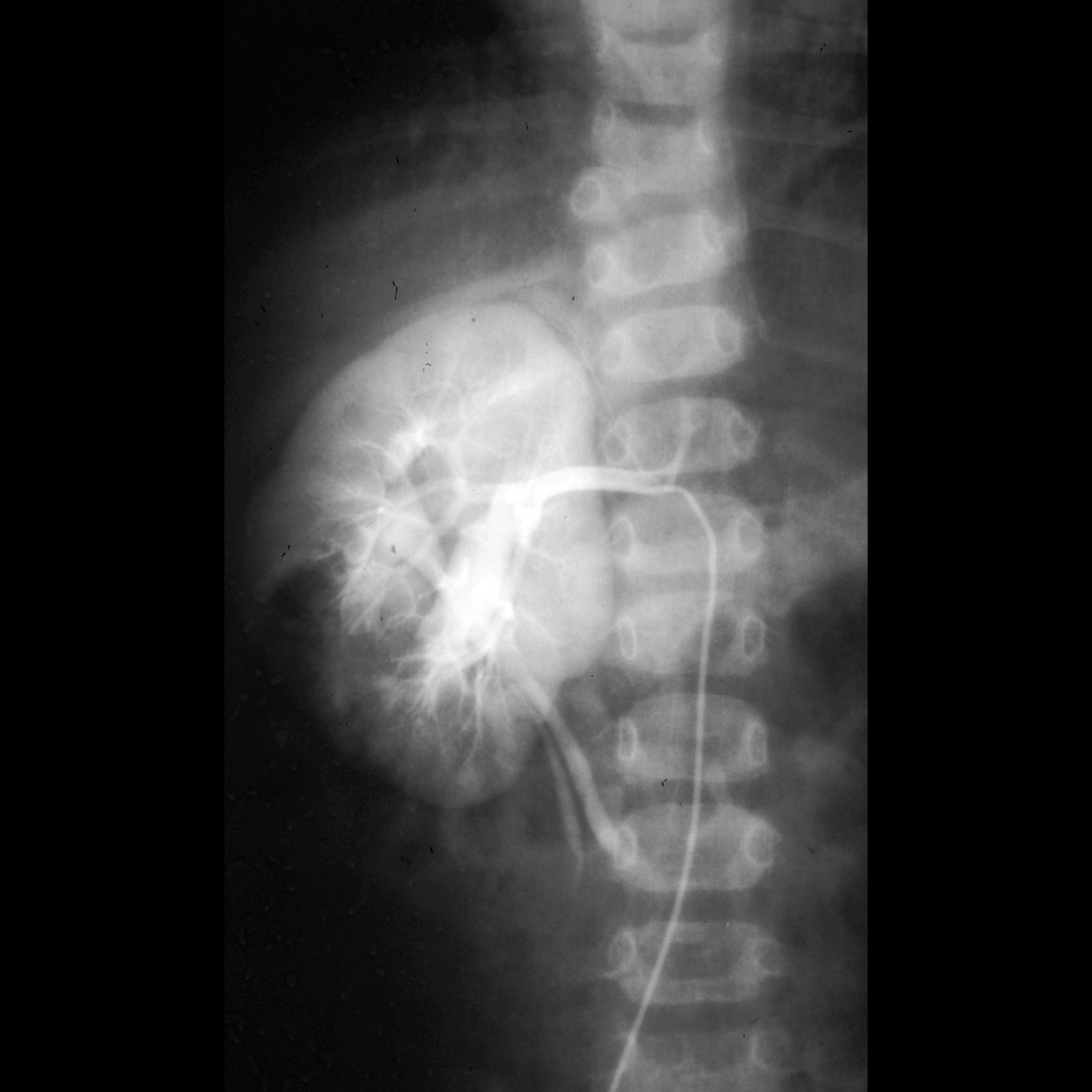
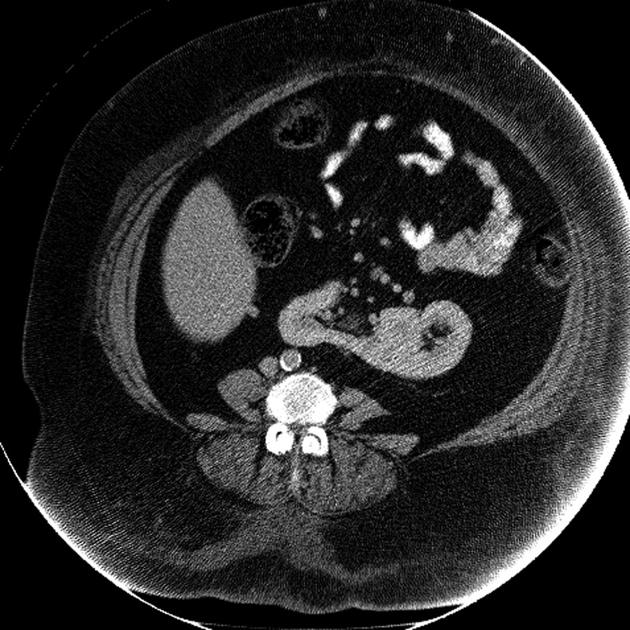
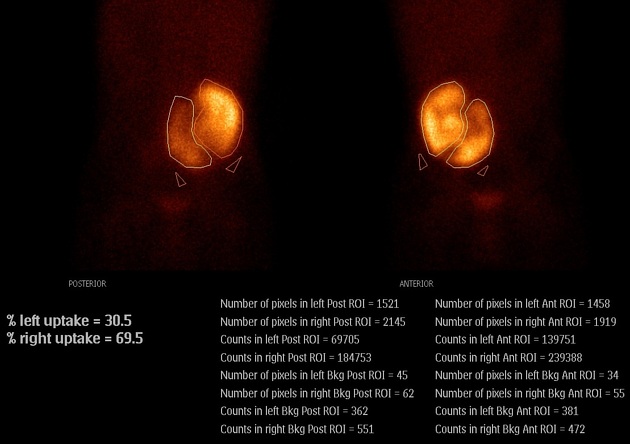
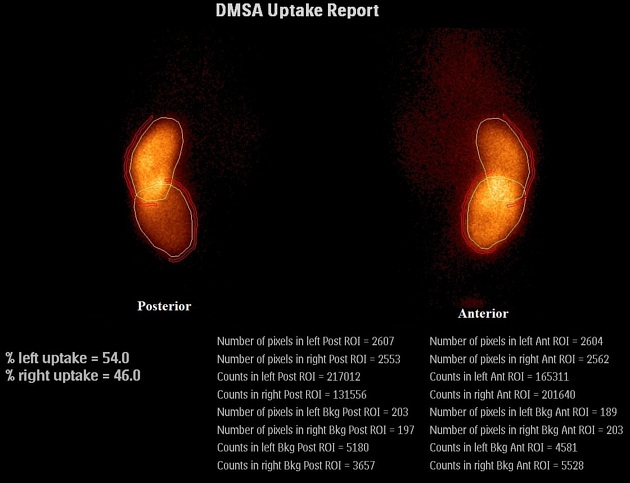

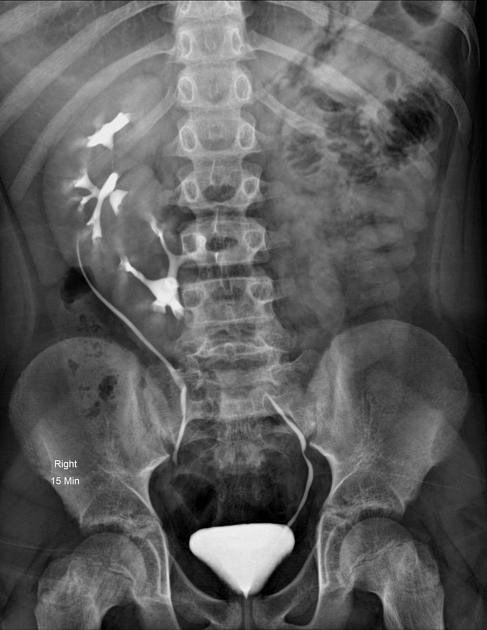
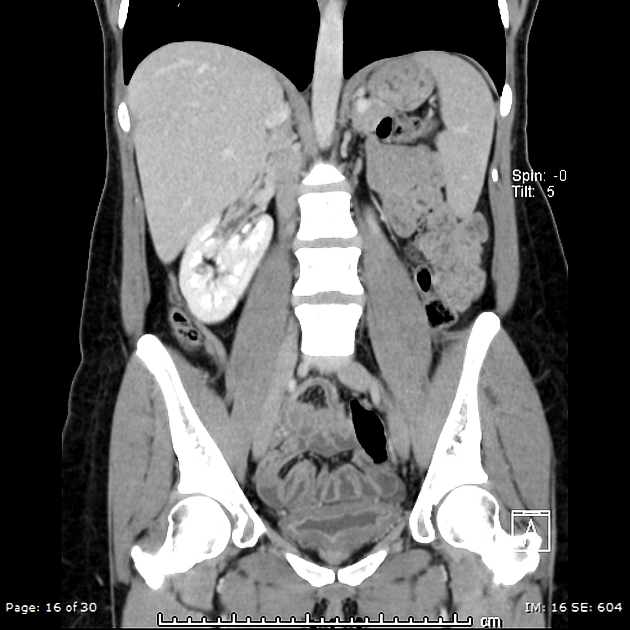
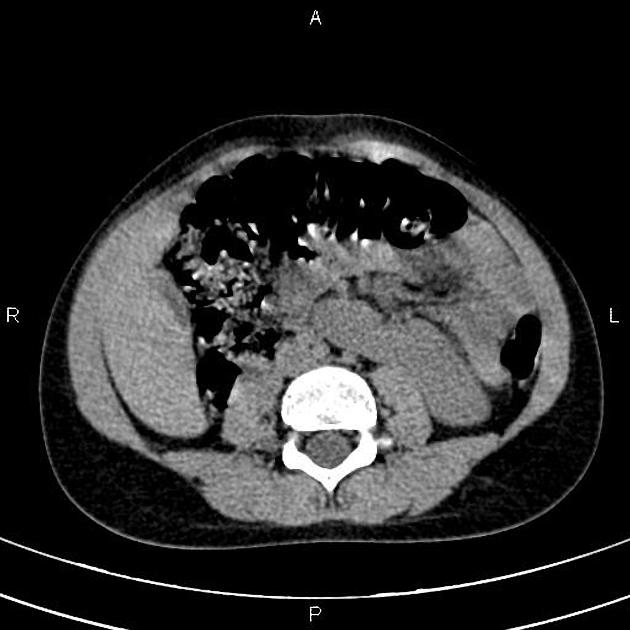
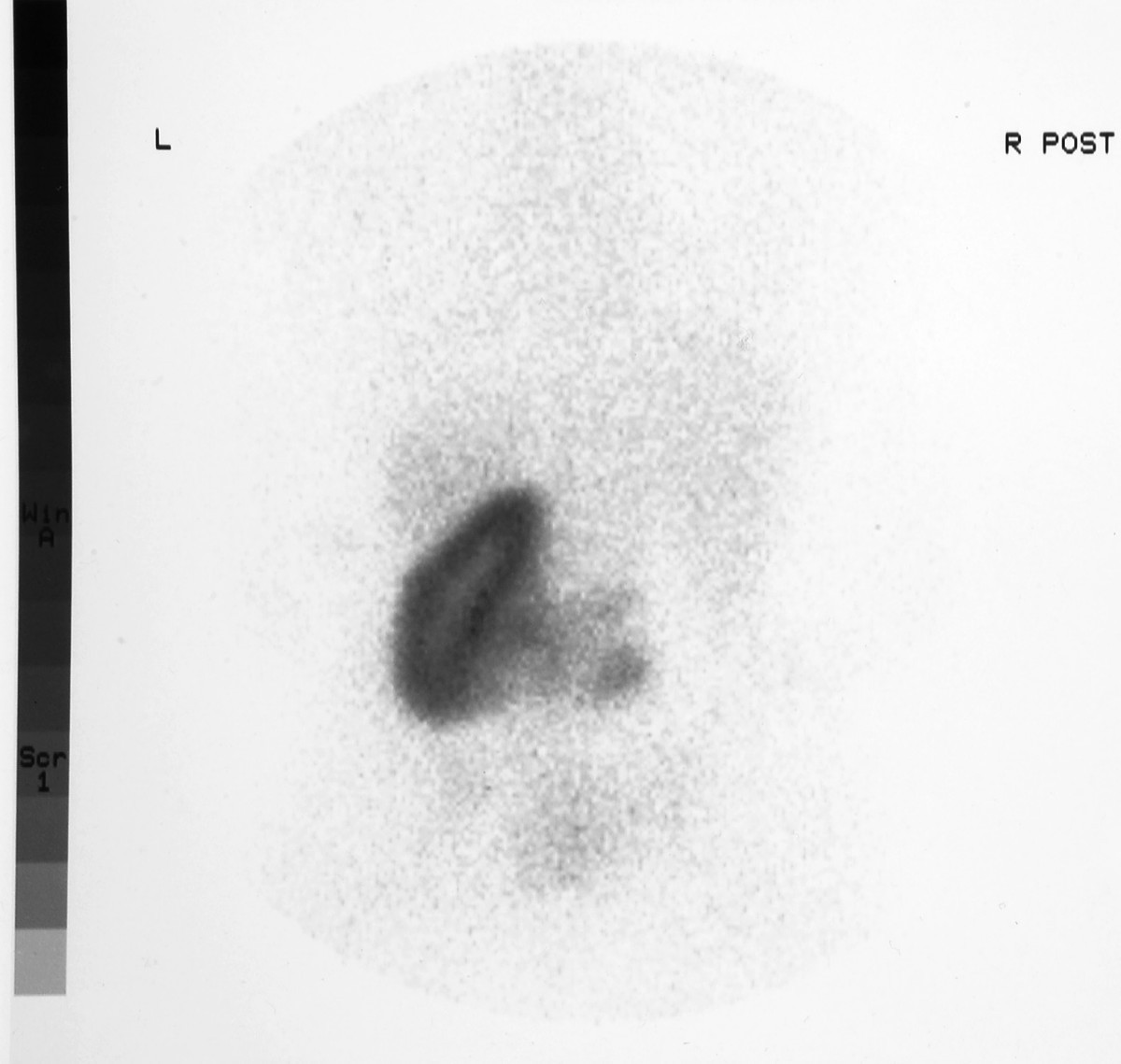
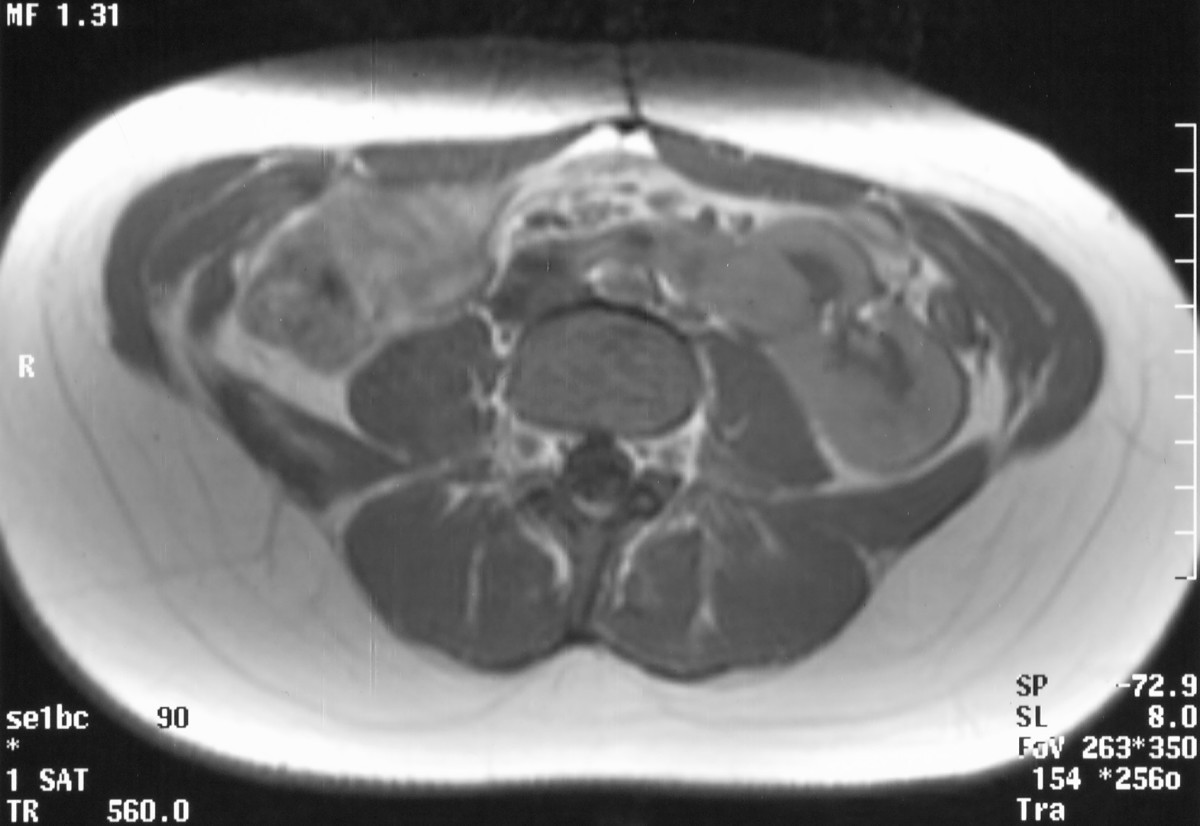



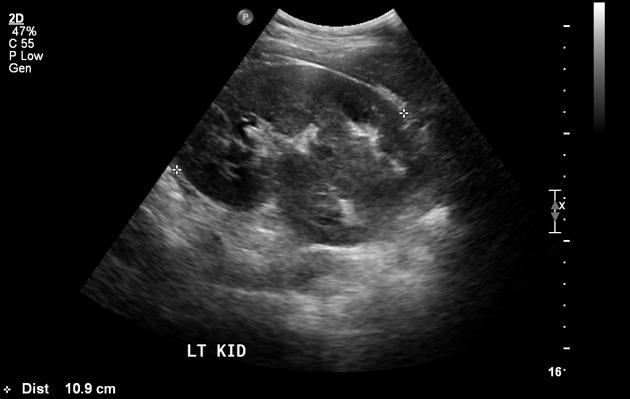
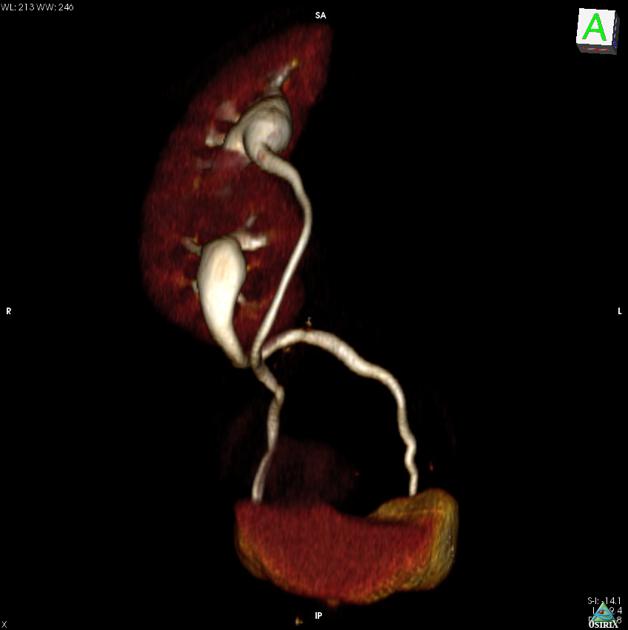
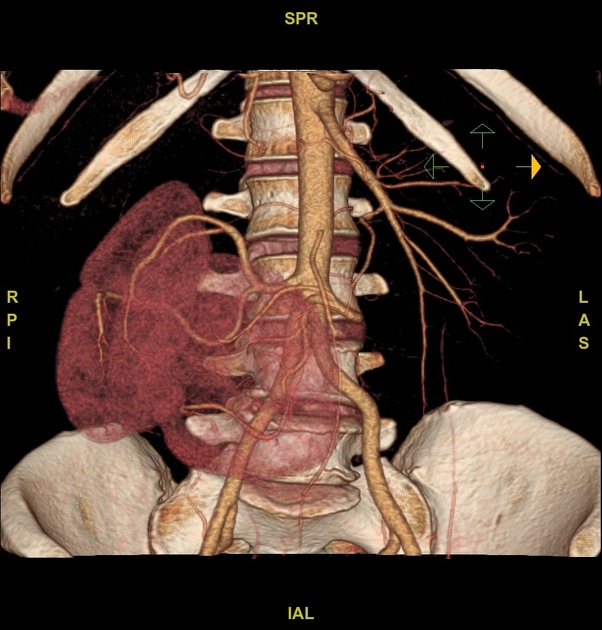
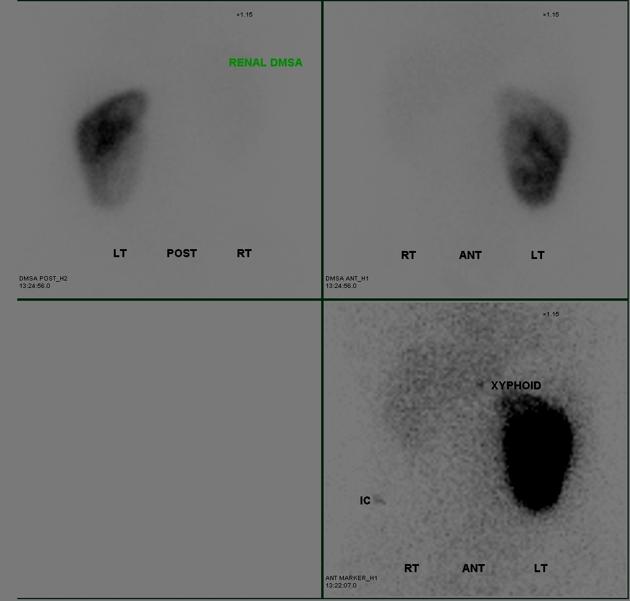

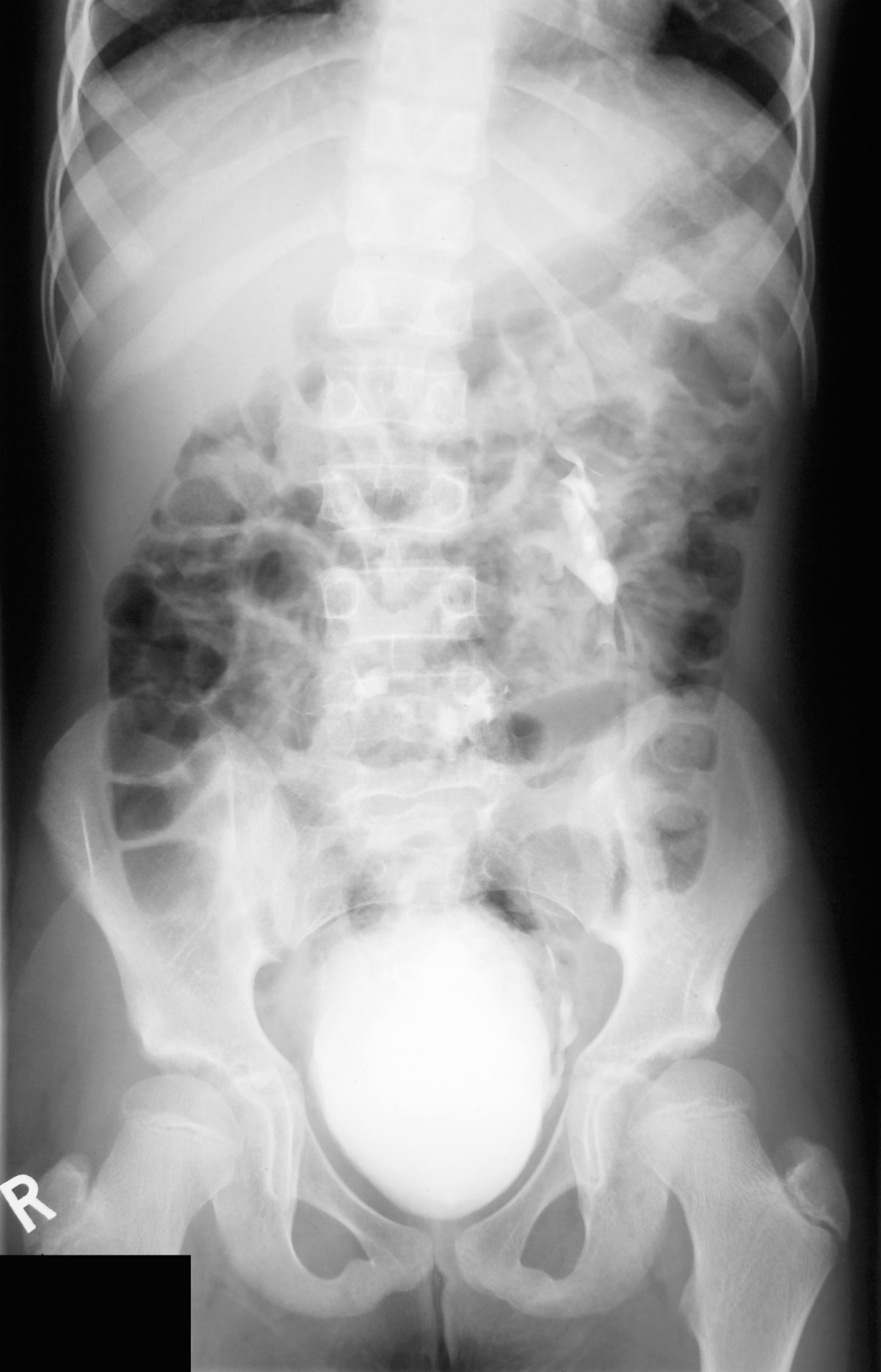
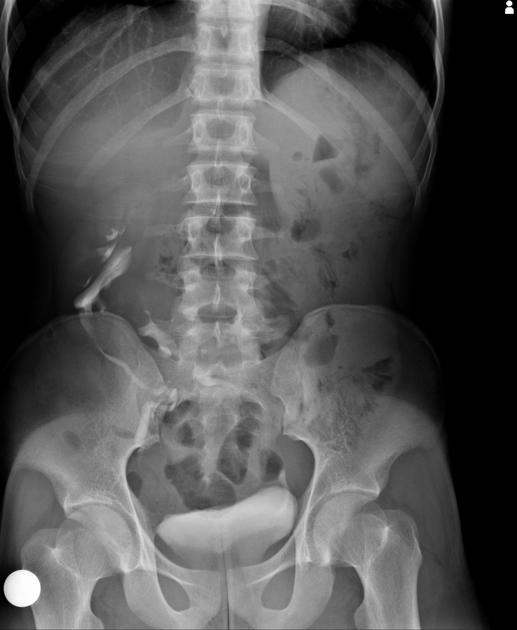

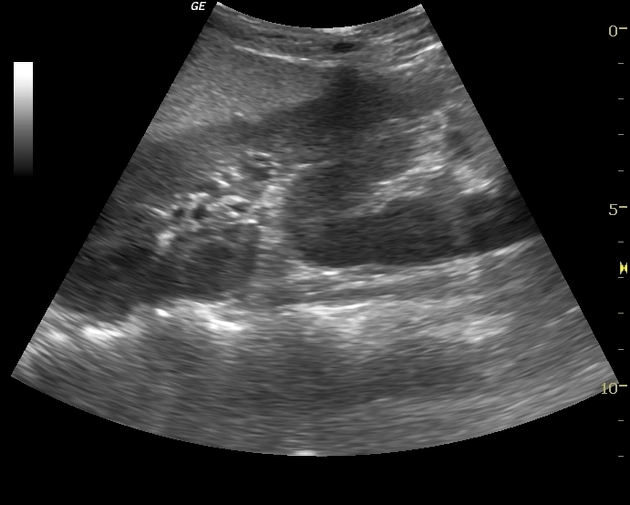
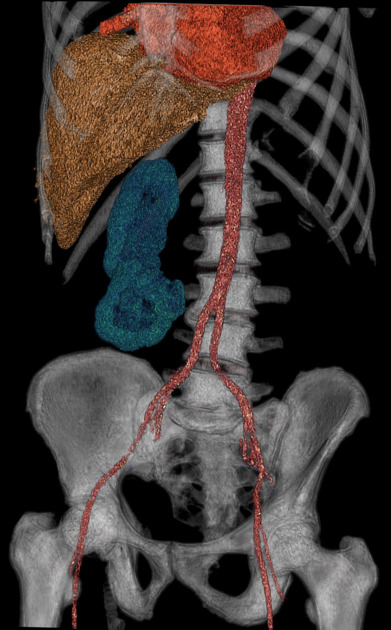
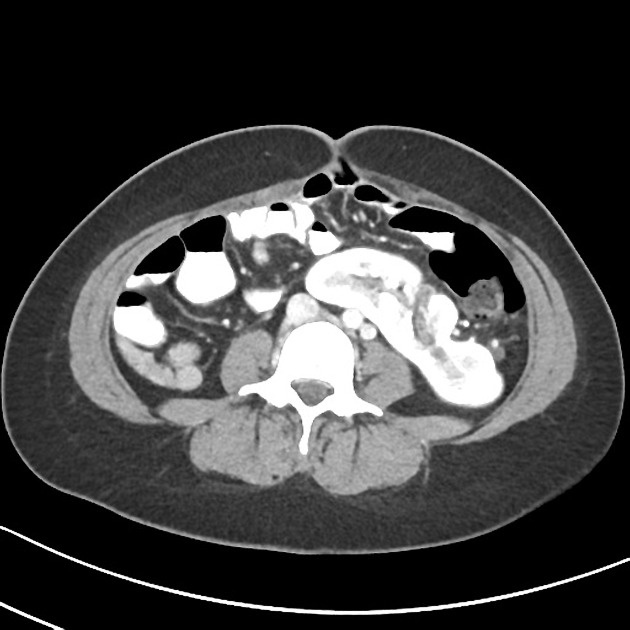


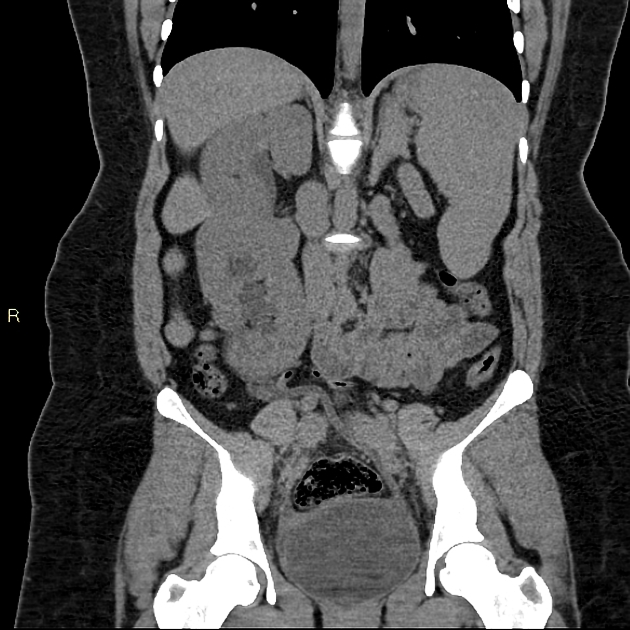
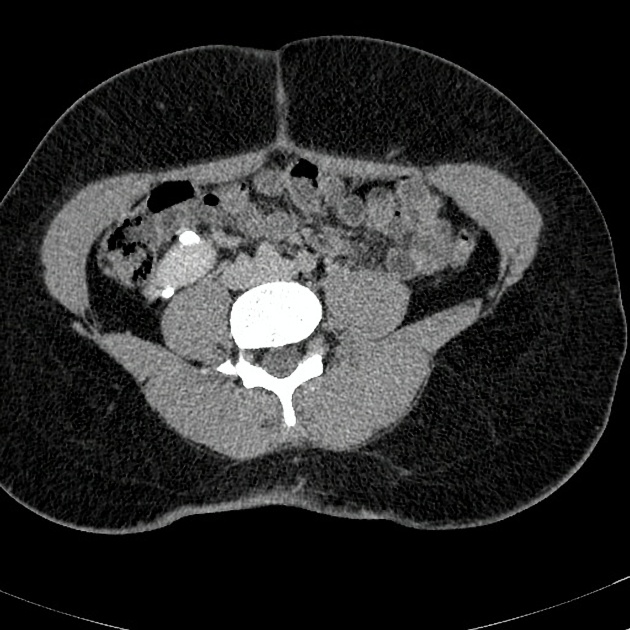
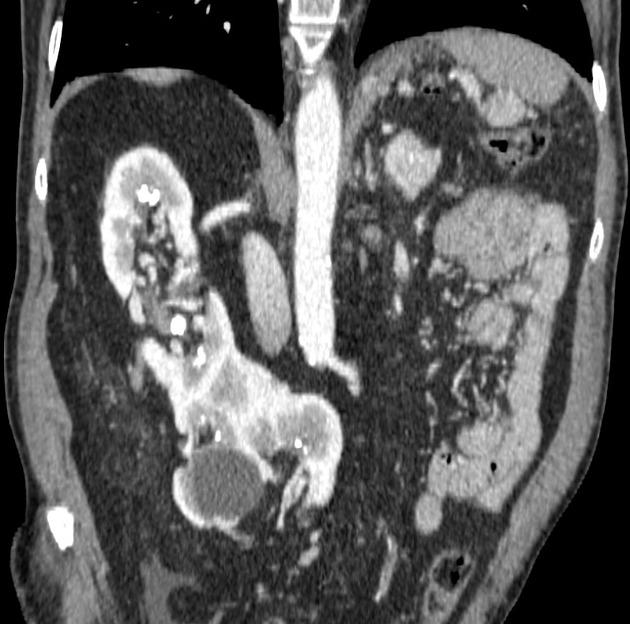

Crossed fused renal ectopia refers to an anomaly where the kidneys are fused and located on the same side of the midline.
Epidemiology
The estimated incidence is around 1 out of 1000 births . There is a recognized male predilection with a 2:1 male to female ratio. More than 90% of crossed renal ectopia results in fusion.
Pathology
It results as a consequence of abnormal renal ascent in embryogenesis with the fusion of the kidneys within the pelvis. It is thought to occur in the first trimester, at around 4-8 week of fetal life (in a normal situation the kidney reaches its appropriate position at the L2 level at the end of the 2 month).
Some evidence supports that an abnormally situated umbilical artery prevents normal cephalic migration. Another theory is that the ureteric bud crosses to the opposite side and induces nephron formation in the contralateral metanephric blastema. The result is a single renal mass with two collecting systems being located on one side of the abdomen.
The normal ascent of the kidneys is required for the formation of the extraperitoneal perirenal fascial planes and therefore ectopia (or renal agenesis) results in failure of development of fascial layers in the flanks on the side not occupied by renal tissue. The lack of restraining fascia leads to possible malposition of bowel into the extraperitoneal fat of the empty renal fossa and relaxation of mesenteric supports for bowel loops in this region.
Subtypes
They are subclassified into six subtypes in decreasing order of frequency
- type a: inferior crossed fusion
- type b: sigmoid kidney
- type c: lump kidney
- type d: disc kidney
- type e: L-shaped kidney
- type f: superiorly crossed fused
Location
Left-to-right ectopy is thought to be three times more common.
Radiographic features
Fluoroscopy
Urography (IVU)
The anomaly is readily detected on conventional urography. In 90% of crossed ectopy, there is at least partial fusion of the kidneys (the remainder demonstrate two discrete kidneys on the same side, crossed-unfused ectopy).
An anterograde or retrograde ureterogram most often demonstrates normal bladder trigone without ureteral ectopy.
Barium studies of the bowel
Barium contrast studies of the bowel should be interpreted in light of bowel laxity in the region of the empty renal fossa (discussed above). In particular, a distinction must be made from internal hernia.
Ultrasound
On ultrasound, there may be a characteristic anterior or posterior "notch" between the two fused kidneys.
CT
The parenchymal band joining the two kidneys can be better visualized on CT scan. Also, anatomical relationship with adjacent structures and positions of the ureter can be better assessed.
Treatment and prognosis
Crossed fused ectopia usually does not require any primary treatment. However, understanding is essential before planning any surgical intervention in the renal region. The blood supply to the crossed fused kidney is usually anomalous, and angiography is recommended before surgical intervention.
Complications
In a crossed fused renal ectopic kidney, complications such as nephrolithiasis, infection, and hydronephrosis approaches ~50%.
Siehe auch:
- Nierensteine
- Hufeisenniere
- angeborene renale Anomalien
- einseitige Nierenagenesie
- developmental anomalies of the kidney
- beide Nieren auf einer Seite
- Nierenektopie
- gekreuzte Nierendystopie
und weiter:

 Assoziationen und Differentialdiagnosen zu gekreuzte Nierendystopie mit Verschmelzung:
Assoziationen und Differentialdiagnosen zu gekreuzte Nierendystopie mit Verschmelzung:



